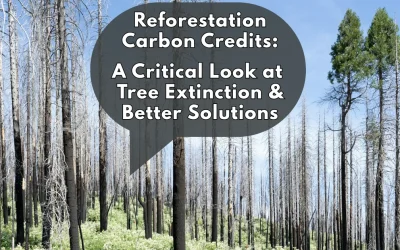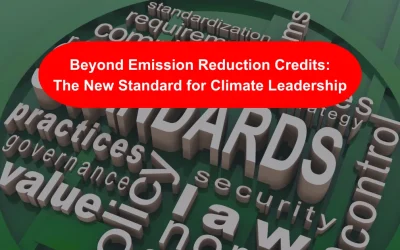In today’s rapidly changing environmental landscape, the term “net zero emissions” has become more than just a buzzword—it’s a crucial goal for corporations worldwide. Corporate executive’s role is vital in steering their company towards this ambitious target. Not only does it demonstrate a commitment to combating climate change, but it also positions their company as a leader in sustainability, potentially boosting your brand’s reputation and long-term profitability.
Understanding Net Zero Emissions
Net zero emissions refer to achieving a balance between the greenhouse gases put into the atmosphere and those taken out. It’s not about eliminating all emissions, as that’s near-impossible for most industries. Instead, it’s about reducing emissions as much as possible and offsetting the rest, usually through carbon credits or investing in renewable energy projects.
Setting Your Net Zero Emissions Target
1. Comprehensive Emissions Assessment
The first step toward setting a net zero emissions target is understanding your current carbon footprint. This involves a comprehensive assessment of direct emissions from company operations and indirect emissions from supply chains, employee commuting, and product use. Tools and software are available to accurately measure these emissions, providing a clear picture of where reductions can be made.
2. Creating a Realistic Timeline
Setting a realistic timeline is crucial. Immediate action is necessary, but it’s also important to set achievable goals. Short-term targets can drive progress, while long-term goals, such as achieving net zero by 2050, align with global agreements like the Paris Accord.
3. Investing in Renewable Energy
Switching to renewable energy sources is a powerful way to reduce emissions. Solar, wind, and hydroelectric power can significantly cut down your carbon footprint. Consider on-site renewable energy installations or purchasing renewable energy certificates (RECs) to meet your energy needs.
4. Enhancing Energy Efficiency
Improving energy efficiency across your operations can lead to significant emissions reductions. This can include upgrading to energy-efficient appliances, improving building insulation, and adopting smart energy management systems.
5. Embracing Carbon Offsetting
While reducing emissions is paramount, some emissions are unavoidable. That’s where carbon offsetting comes in. Investing in projects that remove carbon from the atmosphere—such as reforestation or carbon capture technologies—can compensate for these emissions.
6. Engaging Stakeholders
Achieving net zero is a team effort. Engage with employees, suppliers, and customers about your net zero goals and strategies. Encourage them to adopt sustainable practices and offer support or incentives for doing so.
7. Regularly Reviewing and Reporting
Regular review and reporting of your progress are essential. Transparently sharing successes and challenges not only boosts your company’s credibility but also helps to refine your approach and maintain momentum towards your net zero goal.
Leveraging Technology and Innovation
Innovation plays a key role in achieving net zero emissions. Stay informed about new technologies and processes that can reduce emissions. Investing in clean technology not only supports your net zero targets but can also lead to operational efficiencies and cost savings.
Overcoming Challenges
Transitioning to net zero is not without its challenges. Technological, financial, and regulatory hurdles exist, but with a strategic approach, these can be overcome. Government incentives, green financing options, and carbon pricing mechanisms are tools that can support your journey.
Dynamic Carbon Credits: Your Partner in Achieving Net Zero
As we move towards our conclusion, it’s important to recognize that despite our best efforts, reducing carbon emissions to absolute zero may not be feasible for all companies. This is where Dynamic Carbon Credits steps in. Our carbon offsets are designed to assist companies in achieving their net zero emissions target. By investing in high-quality, verified projects that reduce, avoid, or remove greenhouse gas emissions, your company can compensate for its remaining emissions, ensuring you meet your net zero goals.
Achieving net zero emissions is a journey, one that requires commitment, innovation, and collaboration. As corporate executives, you have the power to lead your company towards a sustainable future. Remember, every step taken towards reducing emissions counts, and with partners like Dynamic Carbon Credits, you’re never alone in this endeavor. Together, we can pave the way for a greener, more sustainable world for generations to come.
In crafting this blog post, we’ve aimed to provide a comprehensive, yet easy-to-understand guide on how corporate executives can navigate their companies towards achieving net zero emissions. By focusing on practical steps and emphasizing the support available through carbon offsetting, we hope to inspire action and commitment to this vital goal.





